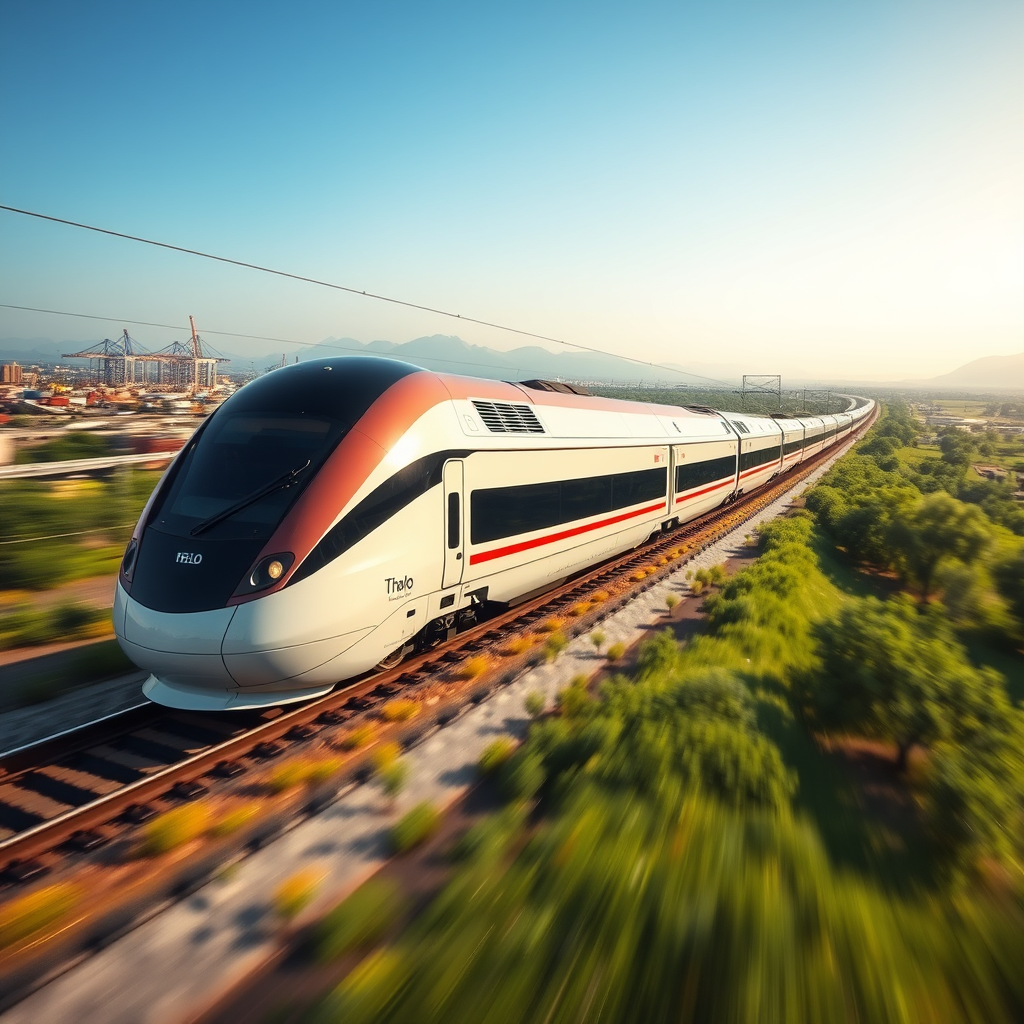25kV Rail Electrification: Europe’s SERA Future & Country Strategies

“`html
Introduction
Railway and Transportation Engineer Ivan Beltramba discusses the challenges and potential solutions for achieving a unified overhead electrification system across Europe, a critical step toward the Single European Railway Area (SERA). Beltramba notes that the European Commission declared 2021 “The European Year of the Railways,” yet little has changed regarding the interoperability of EU railways, particularly concerning the standardization of overhead electrification.
Electric Shocks in European Railways
Historically, European railways have used various overhead electrification systems. Initially, low-voltage DC electrification, with voltages in the 600 to 750 V range, was employed but presented power limitations requiring substations at 4–5km intervals. The Long Island Rail Road (LIRR) and Metro-North (MN) in the U.S., and Network Rail in Southeast England, still utilize DC-low voltage systems. Later, AC systems, such as the three-phase AC system introduced by Austro-Hungarian engineer Kálmán Kandó, were adopted, with the world’s first main line overhead electrification in Italy’s Valtellina in 1902. This system used medium voltage (3–3.6kV, 15, 16⅔ or 25 Hz). However, the limited speed (100km/h) of the three-phase overhead and the need for faster trains led to the adoption of DC systems with 1.2-1.5kV, notably in The Netherlands, France, and Ireland’s DART. Following World War I, Germany, Austria, and Switzerland adopted the 15kV 16⅔ Hz single-phase AC system, which required dedicated generating stations and converter substations. Subsequently, 3kV DC overhead gained traction, particularly in Italy, Belgium, and Spain. The 25kV, 50Hz single-phase electrification became the standard for new electrifications worldwide after World War II. Currently, countries such as France, Slovakia, and Czechia have multiple systems and are slowly converting older lines.
Solutions for Electrification Standardization
To achieve electrification standardization, Beltramba highlights the benefits of a unified system, specifically 25kV, which can lead to significant energy savings. An example is the South Tyrol line Merano-Mals, which, after a cost-benefit analysis by the Infrastructure Manager (STA of Bolzano), found that 25kV AC wiring is cheaper to install and maintain, and implies an energy saving of around 33% compared with Italy’s heritage 3kV DC system. Beltramba also suggests financial incentives, such as a 25% contribution for the purchase or conversion of locomotives and EMUs to 25kV capability, as well as a 50% contribution for the conversion of existing lines and new wiring of diesel routes, prohibiting public funding for non-25kV energised lines. Furthermore, the author proposes amending the relevant Technical Specifications for Interoperability (TSIs) to mandate 25kV compliance for all new and upgraded lines.
Technical and Operational Advantages
The 25kV system offers various advantages, including reduced maintenance costs and energy consumption, easier regenerative braking, and better utilization of generating plants and transmission lines. Italian state-owned IM RFI could reduce its yearly energy consumption from roughly 4500 GWh to 3000 GWh by adopting the 25kV system. Additionally, the need to replace the wires frequently could be reduced, with STA calculating that wires need to be substituted each 50 years, instead of 10 years or less. Another practical advantage of the 25kV system is a circuit modification developed by Italy’s IM RFI technicians to avoid ice formation during the winter, which could be applied to other networks.
Implementation Timeline and Country-Specific Strategies
The author suggests a phased approach for the conversion to 25kV, with the Czech Republic and Slovakia leading the way. The 1.5kV DC systems in The Netherlands and France should be converted within five years. Italy, Spain, Slovenia, Belgium, and Poland should start planning and working for the switchover of their networks as soon as possible. Sweden should begin from the south, followed by Norway. Germany, Austria, and Switzerland may take up to 25 years, each starting from their respective borders. Finally, the S-Bahn lines in metropolitan areas should be addressed. The sooner the process begins, the sooner the Single European Railway Area will be realized.
Conclusion
The article discusses the history of European railway electrification and the existing patchwork of systems. It argues for standardizing on a 25kV overhead system, outlining the technical and economic benefits and suggesting a phased implementation plan with EU financial support and adjustments to technical standards. The goal is to enhance interoperability, reduce costs, and promote more efficient and sustainable rail transport.
Company Summary
Network Rail is the owner and infrastructure manager of most of the railway network in Great Britain.
LIRR (Long Island Rail Road) is a commuter rail system serving the New York metropolitan area.
MN (Metro-North Railroad) is a commuter rail system serving the New York metropolitan area.
STA of Bolzano The Infrastructure Manager of South Tyrol.
RFI is an Italian state-owned infrastructure manager.
DB Netze is the infrastructure manager of the German railway network.
Technology
DC Direct Current
AC Alternating Current
EMUs Electric Multiple Units
HS High Speed
TSIs Technical Specifications for Interoperability
DMUs Diesel Multiple Units
SERA Single European Railway Area
RER Réseau Express Régional
TEE Trans Europ Express
LOCs Locomotives
TSI Technical Specifications for Interoperability
“`





